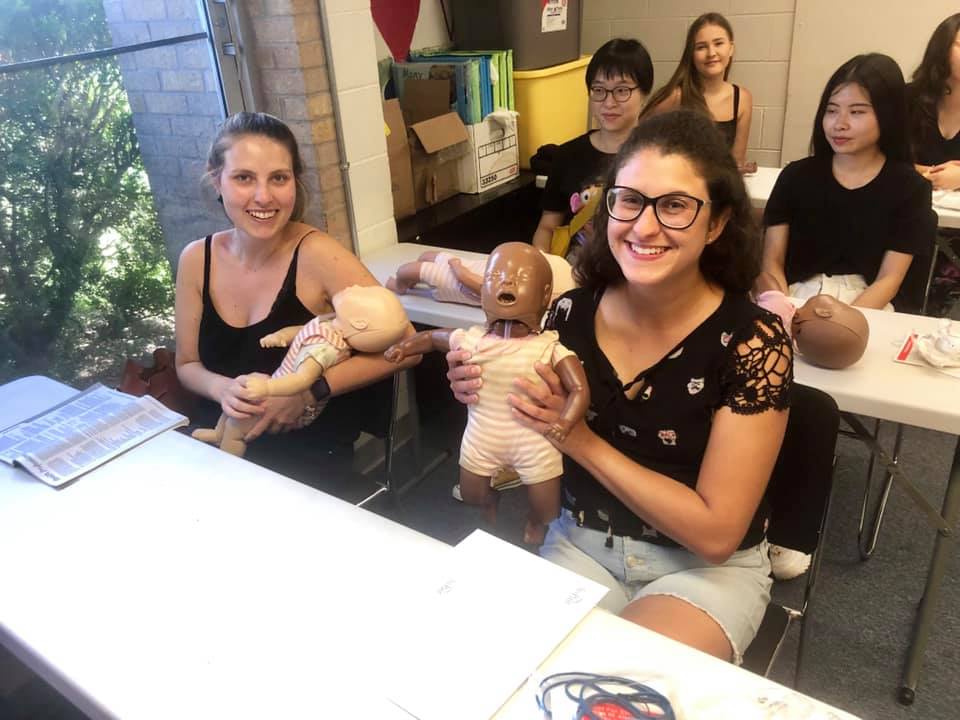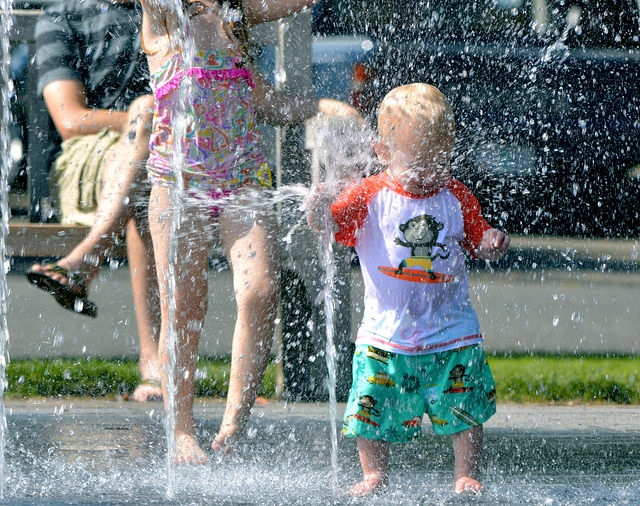Americans take suncare for children VERY seriously. Take time to learn these sun safety tips and prevent sunburn.
APPLY SUNSCREEN DAILY. Kids will fuss when you try to apply sunscreen. Remember, you are the adult in charge and responsbile for their well being. Apply sunscreen daily.
REMEMBER EASY-TO-MISS SPOTS. The most vulnerable parts of the body are often the ones that get overlooked when applying sunscreen. To make sure your kids are covered, teach them “BEENS.” This useful acronym stands for Back of knees, Ears, Eye area, Neck, and Scalp (if visible). Bottom line: For a handy reminder, write “BEENS” on your sunscreen bottles.
BE GENEROUS. We may all use sunscreen, but most of us aren’t putting on enough. If you apply a third of the recommended dose of SPF 30 product, the protection is more like SPF 10. Bottom line:Adults should apply an ounce (about a handful; see above), and kids half that much, of a broad-spectrum sunscreen with an SPF of at least 30 every two hours, and more frequently if they’re swimming or sweating.
COVER UP. To avoid burns when the sun is strongest (between 10 a.m. and 3 p.m.), take frequent shade breaks, wear a UV-protective shirt while swimming, and use a sunscreen with zinc oxide. Bottom line: You probably can’t keep kids out of the mid-day sun completely, so it’s important to be all the more vigilant about protection during those hours.
SET A GOOD EXAMPLE FOR YOUR KIDS. If your child sees you following sun-safety rules, he’ll take them for granted and follow suit. Skin protection is important for every member of the family, so team up with your children to stay protected when venturing out in the sun. Trust me, you will be thankful when you are 40 years old you applied sunscreen.
Photo from channel3000.com

 We live in a time of constant sharing through social media. We often share pictures, plans of somewhere we are going or rants about problems, without thinking much about who will see it and what could be the consequences.
We live in a time of constant sharing through social media. We often share pictures, plans of somewhere we are going or rants about problems, without thinking much about who will see it and what could be the consequences.
 Classes are available through the Red Cross. Au Pair in America will pay for the cost of a class providing an au pair has at least six months left on her visa and is taking one of several approved childcare/child safety-related classes, such as Adult and Pediatric First Aid/CPR/AED. Au pairs should check with their community counselor and host family before signing up. Au Pair in America will register the au pair directly.
Classes are available through the Red Cross. Au Pair in America will pay for the cost of a class providing an au pair has at least six months left on her visa and is taking one of several approved childcare/child safety-related classes, such as Adult and Pediatric First Aid/CPR/AED. Au pairs should check with their community counselor and host family before signing up. Au Pair in America will register the au pair directly.
